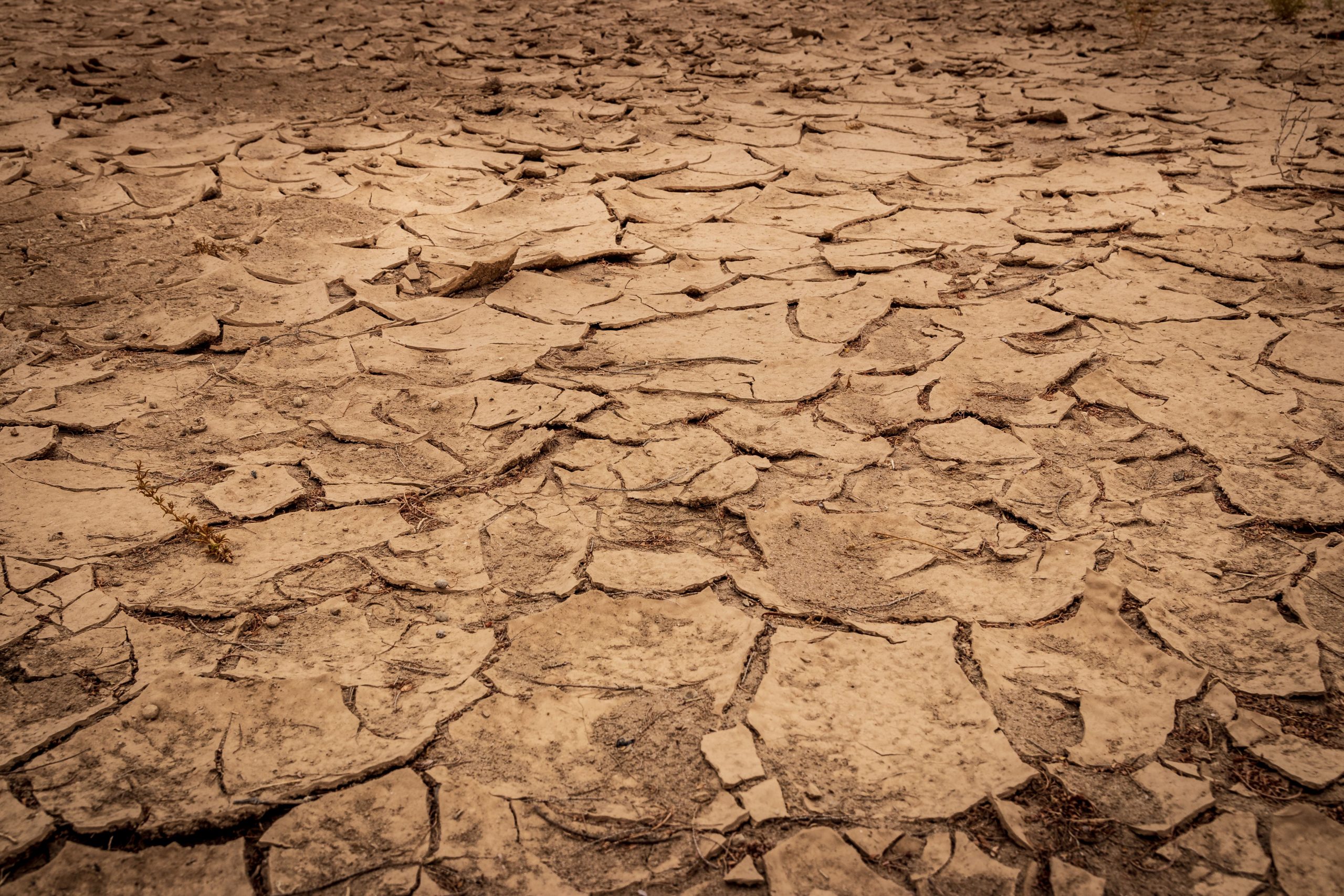A new study has found that nearly half of the droughts that occurred in
India in the past century may have been influenced by North Atlantic air
currents. The study, which was conducted
by researchers at the Centre for Atmospheric and Oceanic Sciences (CAOS) and
the Indian Institute of Science (IISc), was recently published in the research
journal, ‘Science’.
The study stated
that the droughts that occurred during the Indian summer monsoon
season in the past century was most likely influenced by atmospheric
disturbances from the North Atlantic region.
The annual Indian summer monsoon usually occurs between June
and September and when it fails, most of the county faces severe drought. Less
rainfall in the country is usually attributed to El Nino, which is a recurring climate event during which
abnormally warm equatorial Pacific waters pull moisture-laden clouds away from
the Indian subcontinent.
However, the study found that 10 out
of 23 droughts that the country faced in the past century have occurred during
years when El Nino was absent.
The researchers decided to
conduct the study following the sudden drop in rainfall in India in late
August.
This steep drop in rainfall was
linked to an atmospheric disturbance in the midlatitude region over the North
Atlantic Ocean, creating a pattern of atmospheric currents that
swoop in over the subcontinent and “derail” the monsoon,
Bengaluru-based IISc said.
“As
early as the 1980s, people have looked at these droughts individually. But they
have not collated and pooled them together, and deduced that these droughts may
all have a different type of evolution than El Nio droughts, as well as a
common cause, which is this midlatitude influence,” V Venugopal, Associate
Professor at CAOS and one of the senior authors of the paper, was quoted as
saying in an IISc statement.
Analysis
showed that the droughts were likely influenced by the unusual atmospheric
disturbance in the midlatitudes. It emerged from winds in the upper atmosphere
interacting with a deep cyclonic circulation above abnormally cold North
Atlantic waters.
“The
Indian Ocean and Pacific Ocean seem to be at the forefront of all discussions
surrounding Indian monsoon droughts. It is perhaps time to focus just as much
on midlatitude influences, which might aid in getting a better handle on
enhanced predictability of monsoon variability,” said Venugopal.







